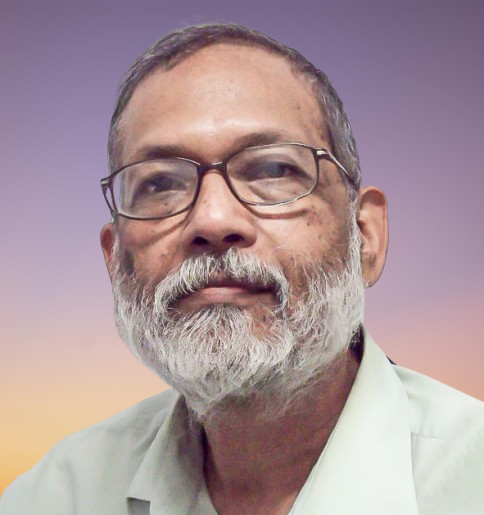Column

Hundreds have taken part in a candle-lit vigil in the Bangladeshi capital of Dhaka to remember the innocent people killed in the unprecedented terror attack (collected)
On the 2nd anniversary of the Holey Artisan attack it is time to take a stock of the lessons learnt or not learnt at all. The problems of Violent Extremism are many. Not only do they create their own massive problems, they also create responses which give rise to more crisis. Once it touches society or the state, it doesn't disappear entirely nor are its manifestations limited to armed confrontations between groups. Fertile grounds for breeding violence and extremism of all sorts are also very significant.
Countering and preventing VE
Since the occurrence of the Holey Artisan attack, a lot of work has been done in several fields ranging from direct neutralization of the armed violent extremists to research and capacity building. This includes community based work for peace building, tolerance promotion and education against all forms of Extremism. While they are not large scale interventions, they have begun to show results.
Research shows that people are inherently against violence and extremism both. There is no support for such causes and communities are keen to promote values that have sustained such societies for many years.
Yet VE does occur and we see that happening. Police action after the Holey Artisan attack has however nearly wiped them off. However, law enforcers say that they have been significantly crippled but are not wholly finished. This is usually the case as the patterns elsewhere also show that there are various stages of VE. There is the preparatory phase, the planning and execution phase, the peak phase and finally the countering and mop up phase. Most experts think that we are in the last phase.
That doesn't mean that the threat is over but that it's vastly reduced. Yet the need to look at the situation to ensure that this remains in the final stage and that there is no resurgence is very important. This battle is long term and is about the stamina and the ability of societies to create environments which are peace and tolerance friendly. But as research shows, we take such situations far too lightly and often end up going back a stage or two.
A systemic conflict?
Where then should the focus be if we live in a society where social structures are more inclusive but political structures are less so? How do we negotiate the potential for conflict between the social and the political world that can often create corridors through which terrorism walks in? Most importantly, how do we get most of the people who matter on the same page about the importance of conflict resolution.
Bangladesh was a product of a violent birth whose scars still continue to fester. As any historian will note, society's capacity to withstand violent and suffering was tested to the very limits during the war. It's a sign of its extreme ability that it survived such pressures and managed to get back on its injured feet and wounded body.
But the problem lies with the managers of power and by extension the tools used to obtain and sustain power. A lot of that is in conflict with the traditional values of this society which overcame the horrible sufferings of 1971.
In Bangladesh, the power mongers behave in one way and society behaves in another and that is where the major problem is. Society by its very nature is far more inclusive, built as they are around multiplicity since societies are inherently so.
The toxic legacy
But our power system is such that in the last 47 years , we have more or less lived on the edge of constant violence. We are unable to find ways to contain and curtail a whole menu of conflicts. No one can look at our collective political life and claim that we have solved the riddle of how to live together.
We have not learnt that very important lesson about peace and tolerance nor have shown interest in wanting to learn. Conflict driven paradigms have become the brand of politics itself. Peaceful politics has departed from our imagination.
This puts society at a position which makes its survival as an inherently peaceful construct very difficult indeed. The language which social institutions use and those political ones do is so different that neither understands each other. The result is a breakdown and society is retreating from close contact with politics as it's a threat to its being.
But societies can't survive without political state. However, the idiom of the state is used by a limited few with much less contact with social beings. Perhaps this alienation is the most violent reality we have.
As we observe the two years since the horrible night and day when many died and social imaginations were damaged so badly, let us hope we learn the lesson that peace and tolerance are essential not just for living but countering merchants of death.

























Leave a Comment
Recent Posts
Have we freed the courts?
Years down the line, we may well look back on it as the interim govern ...
Will the proposed Dhaka Centra ...
The sun rises over the capital’s seven historic colleges, castin ...
A treasure-trove of ideas, forms, and colours
More than 156,000 expatriate Bangladeshis residing i ..
Roots in Rome, Heart in the Carpathians
The search for the missing Malaysia Airlines flight ..